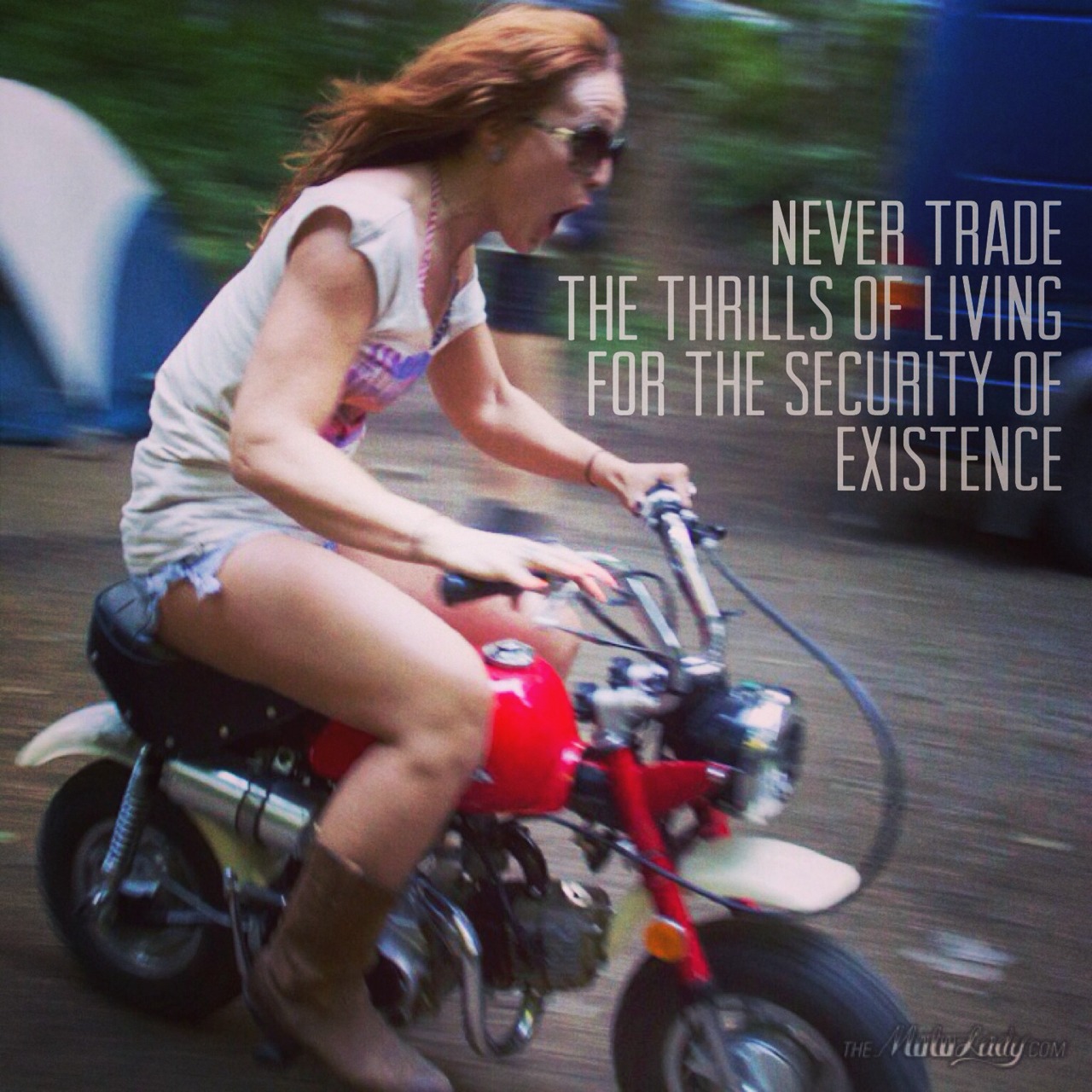 |
With weather like this,
who needs enemies? |
I've been floored with a wicked stomach flu the past couple of days, but I had enough in me today to get the last of the painting done and finish assembling the Concours. It's safetied, insured and ready to launch.
As expected, Canada isn't cooperating. I'm hoping I can go for a short jaunt on Monday, but otherwise the week is looking pretty dismal for riding.
The finishing touch was my first go at a stencil on a bike. I tried paper, then plastic film with no luck (it lifted off the compound curves of the fairing), but eventually created a sticky template using printable stickers. Some research suggested that frisket film would have been ideal, but it's expensive and hard to find. Another alternative is transfer tape. Having said all that, printing your design on sticker worked well and what it did leave behind was easy to clean off.
After printing a design, I exacto-knifed the text out and then put the stickers on the bike. A few light coats of spray and the sticker came off with no problems. Now that I've got the hang of it, creating layered decals should be a pretty straight forward process. Finishing them with my preferred clear coat seals the whole thing up and gives it an even surface.
The Concours came to me with all sorts of cracks on the right side fairing (it had obviously been tipped over at some point). The previous owner had done a pretty good job of reattaching everything with plastic weld, but it would never be perfect.
 Rather than trying to hide those imperfections, I remembered a kind of Japanese pottery I once saw in Tokyo. Kintsugi (金継ぎ) literally translates as 'golden joinery'. It's a form of pottery that, rather than hiding the blemishes caused by age, emphasizes them by using gold to seal the cracks.
Rather than trying to hide those imperfections, I remembered a kind of Japanese pottery I once saw in Tokyo. Kintsugi (金継ぎ) literally translates as 'golden joinery'. It's a form of pottery that, rather than hiding the blemishes caused by age, emphasizes them by using gold to seal the cracks.
What I've done with my old Kawasaki is highlight those cracks in gold and put the kanji for kintsugi on there. She should be proud of those cracks. Twenty years of living in Canada will give you wrinkles, they should be celebrated.

 They have an A style 20x30 footer for just over $12 grand. That would be wider than my current space is long. Instead of my meagre 180 ft², I'd have a whopping 600ft². That kind of space would let me chase down all the loose ends I'm considering right now.
They have an A style 20x30 footer for just over $12 grand. That would be wider than my current space is long. Instead of my meagre 180 ft², I'd have a whopping 600ft². That kind of space would let me chase down all the loose ends I'm considering right now.







































-MOTION.gif)







